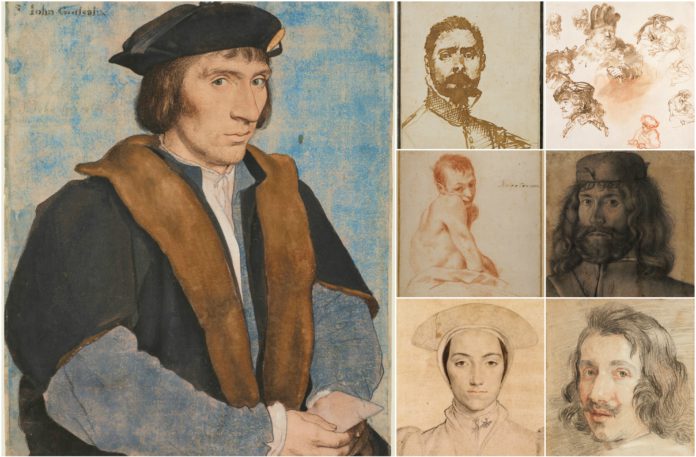The National Portrait Gallery opened its first exhibition of old masters portrait drawings, many hardly ever seen, and a few no longer displayed for decades, today Thursday 13 July 2017.
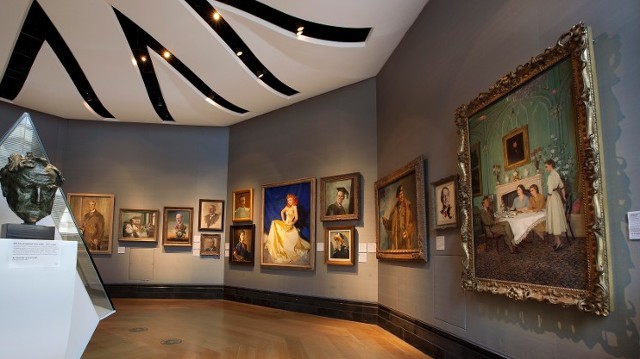
But at the same time as the works on show are by some of the great masters of the Renaissance and Baroque, the drawings in the come across: Drawings from Leonardo to Rembrandt (thirteen July – 22 October 2017) were selected no longer handiest due to the fact they are first rate information of an artist’s skill and a sitter’s appearance, but due to the fact they seem to seize a second of connection, a stumble upon among an artist and a sitter.
A number of the people depicted in these photographs may be identified, consisting of the emperor’s chaplain or the king’s clerk, but many are the faces from the road – the nurse, the shoemaker, and the artist’s buddies and pupils inside the studio – whose likenesses have been rarely captured in art work throughout this era. The exhibition includes some of the hidden treasures of britain’s best collections, as the drawings’ sensitivity to light means they can not be placed on normal display.
Highlights encompass 15 drawings generously lent by way of Her Majesty The Queen from the Royal series, along with 8 graphics with the aid of Hans Holbein the younger; a collection of drawings produced within the Carracci studio from Chatsworth; and the British Museum’s preparatory drawing by way of Albrecht Dürer for a lost portrait of Henry Parker, Lord Morley, who had been sent to Nuremberg as ambassador by King Henry VIII.
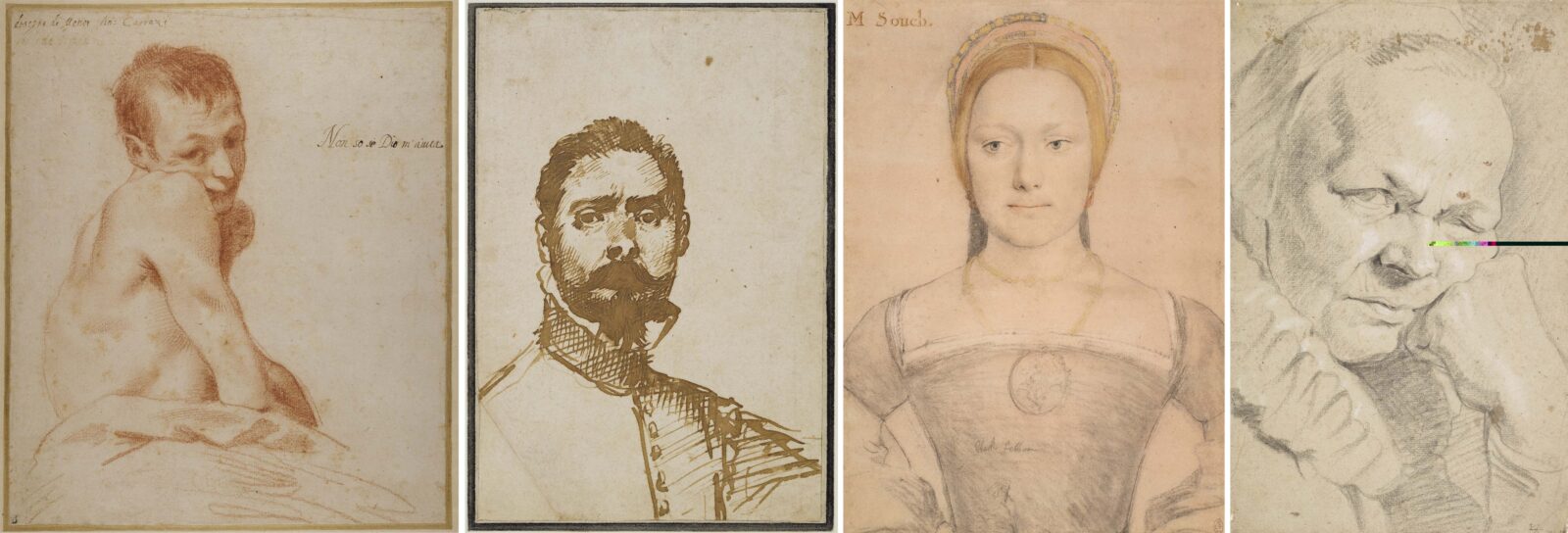
Dr Nicholas Cullinan, Director, country wide Portrait Gallery, London, says: ‘whilst our collection consists of Holbein’s fantastic and huge ink and watercolour drawing of Henry VII and Henry VIII from c.1536–7, remarkably, the National Portrait Gallery has never staged an exhibition committed to the practice of portrait drawing in the course of the European Renaissance. Even as the sitters’ identities are regularly unknown, their encounters with the artist are preserved in drawings that vividly demonstrate the innovative second that lies on the heart of a number of the greatest pics. Some of the drawings have been perhaps by no means supposed to go away the artists’ studios, however are arguably among the maximum engaging and effective impressions of private likeness within the history of art.’
Dr Tarnya Cooper, Curatorial Director, countrywide Portrait Gallery, London, and co-curator of The encounter: Drawings from Leonardo to Rembrandt, says: ‘part of the enchantment in looking at portrait drawings is they seem to speak to us at once without embellishment or polish; in contrast to painted portraiture the graphic process appears unmediated with the aid of the artfulness of approach. a number of the portrait drawings in this exhibition were executed at velocity, taking pictures a fleeting moment in time, even as others had been greater completed and controlled, yet nonetheless appear to have an honesty and integrity that captures a dynamic connection between artist and sitter.’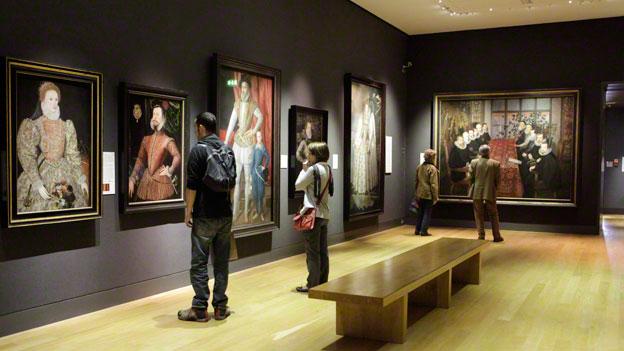
Andrew Marr, broadcaster, author, and artist, says: ‘There’s something exciting about seeing the very scratches and smudges made by using the palms and crayons of the greatest artists, from Leonardo Da Vinci to Rembrandt. There may be a page of Rembrandt drawings, clearly executed a the breakneck pace, showing male faces, messed up hair and a girl breastfeeding, which carry you right away into his room in 1636, as though it turned into here and now. There are Holbein drawings of wary youths from the court docket of Henry VIII so clean you could come across them in half the bars of London tomorrow; this exhibition is like being shoved into a party complete of characterful, unforgettable strangers.’ (Mail on Sunday event mag, 9 July 2017)
The encounter: Drawings from Leonardo to Rembrandt brings collectively 40-8 portrait drawings by using artists who labored during Europe, such as Antonio di Puccio Pisano (Pisanello), Leonardo da Vinci, Albrecht Dürer, Francesco Salviati, Hans Holbein the younger, Annibale Carracci, Gian Lorenzo Bernini, Anthony Van Dyck, and Rembrandt van Rijn.
Lenders to the exhibition are from Britain’s best private and public collections, a wealthy supply ofEuropeann vintage grasp drawings. these encompass the Royal series trust, The British Museum, Chatsworth, Senate residence Library, Scottish National Gallery, Barber Institute of first-rate Arts, Birmingham, Fitzwilliam Museum, Cambridge, UCL Art Museum, Victoria and Albert Museum, Ashmolean Museum and The Courtauld Gallery.
Professor Jeremy Wood, the contributor of an essay on creditors and the popularity of portrait drawings in Britain in the catalogue for The come across: Drawings from Leonardo to Rembrandt, says: ‘Most of the pioneering British collectors of drawings were artists, and, even greater strikingly, frequently portrait painters. This certainly sharpened their interest in buying the drawings and their expertise of the way those vibrant likenesses have been captured on paper’.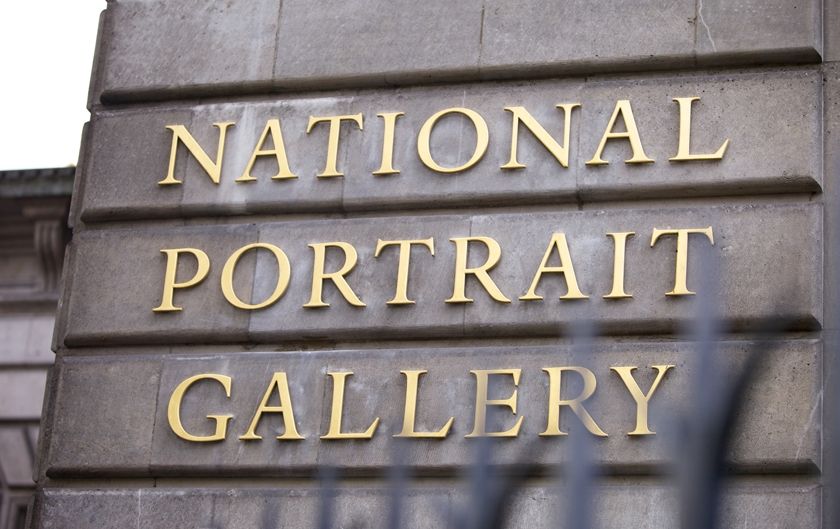
The exhibition came about as a result of the Gallery’s continuing interest in exploring the practice of creating portraits in a selection of media at some point of records. By means of bringing the collectivelyan critical group of drawings. The come upon: Drawings from Leonardo to Rembrandt explores what the examiner of portrait drawing can tell us about artistic practice and the process of sitting.
With the aid of including a display of the sorts of drawing tools and media used – from metal point to coloured chalks – and thinking about the people depicted in these regularly intimate graphics, a lot of whom remain unidentified, the exhibition will display how those artists moved far from using medieval pattern-books as supply substances, to observe the discern, and the face, from existence.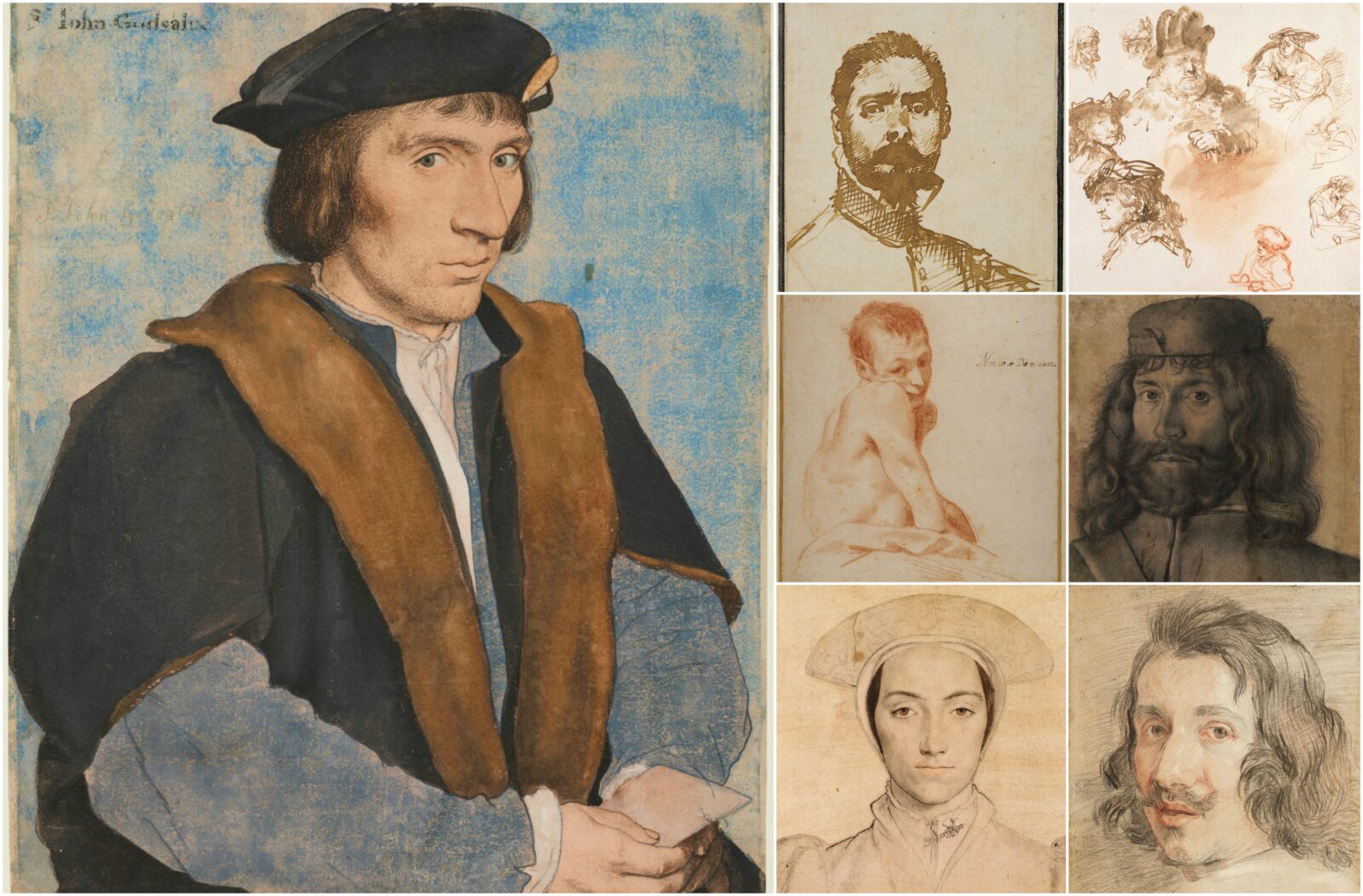
Accompanying the exhibition is a rich program of talks and workshops exploring the artist’s techniques and practices with contributions from a selection or artwork historians and present day artists.
Jenny Saville, the artist, says: ‘Drawing is an equation of nature. it is as instinctive as wondering and is the first bodily point of contact inside the world of imaginative thinking, whether you’re drawing a head, a map, designing a chair, a building or an iPhone.’
The exhibition has been supported by a panel of exhibition advisers, who have embraced the exhibition’s challenge to bear in mind the terms of portraiture and the volume to which an come across among individuals captures a portrait, even if the photo was meant as an exercise in drawing and not using a thought for the identification of the sitter.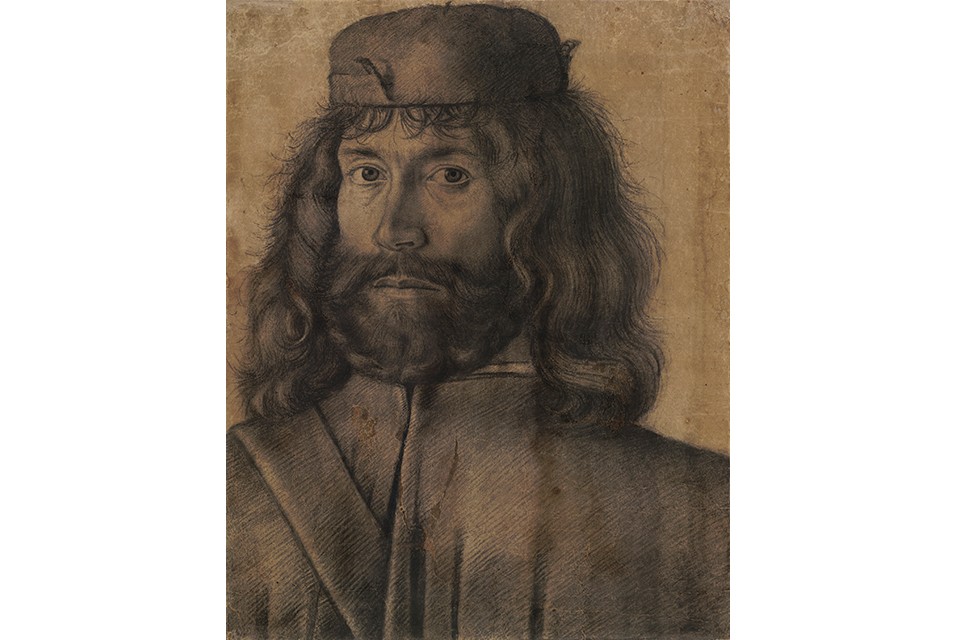
The come upon: Drawings from Leonardo to Rembrandt is curated by the National Portrait Gallery’s Curatorial Director Dr Tarnya Cooper, and its Collections Curator, 16th Century, Dr Charlotte Bolland.
Dr Tarnya Cooper has curated at the National Portrait Gallery the exhibitions Elizabeth I and Her humans (2013) and looking for Shakespeare (2006). Her courses encompass Citizen Portrait – Portrait portrays and the urban Elite, 1540–1620 (2012) and A Guide to Tudor & Jacobean pics (2008). She was the main Investigator of the Gallery’s Making artwork in Tudor Britain research task and co-curator of The Real Tudors: Kings and Queens Rediscovered at the countrywide Portrait Gallery (2014).
Dr Charlotte Bolland is Collections Curator, 16th Century, at the country wide Portrait Gallery and becomes co-curator of The Real Tudors: Kings and Queens Rediscovered on the National Portrait Gallery (2014) and Les Tudors at the Musée du Luxembourg, Paris (2015).






